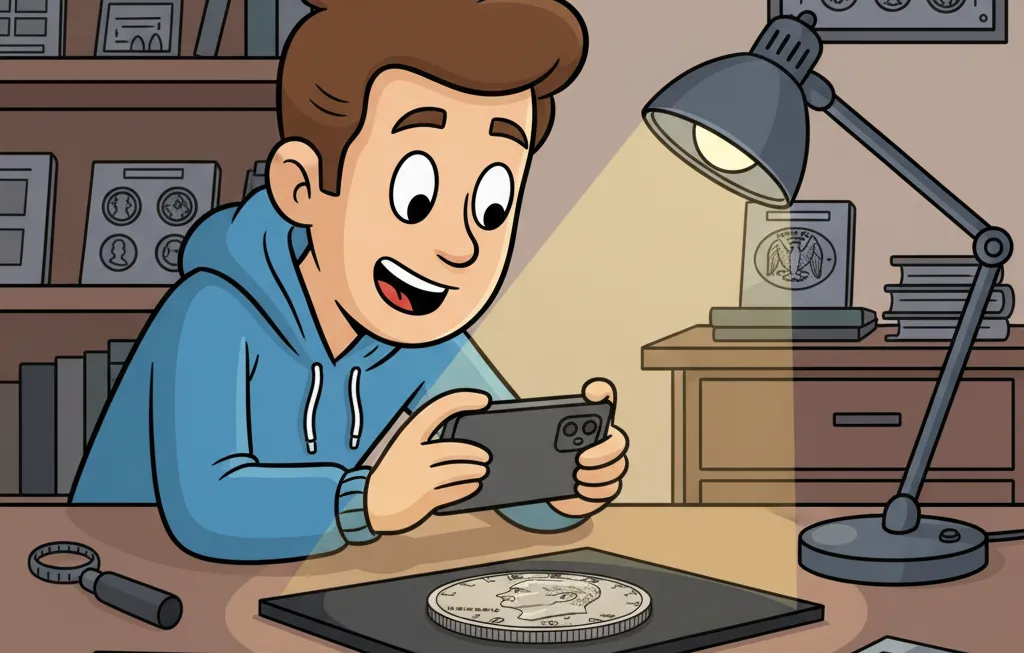Understanding the Cultural and Historical Value of Rare Coins
Why Rare Coins Resonate Across Time
Rare coins are more than just gleaming pieces of metal—they’re tangible whispers from the past. Each coin carries a story, a slice of a culture, a snapshot of a moment in human history. Imagine holding in your hand a coin that once passed through the bustling bazaars of ancient Rome or lined the silken pockets of European royalty. It’s not just an artifact; it’s a time machine.
Some coins reflect pivotal moments in civilization. The Greek drachma, for instance, symbolizes the flourishing of trade and art during ancient Greece’s golden age. Meanwhile, coins like the U.S. 1804 Silver Dollar are wrapped in intrigue, known as the “King of Coins” due to its rarity and mysterious origins.
- They commemorate leaders, wars, and revolutions, offering insight into societal values.
- They act as cultural ambassadors—distinct designs, inscriptions, and materials tell us what mattered most to their creators.
Hold a rare coin, and you’re not just touching history—you’re connecting with the people who created it, used it, and left their marks on the world. It’s a silent, soulful dialogue that transcends centuries.
Notable Examples of Historically Significant Rare Coins
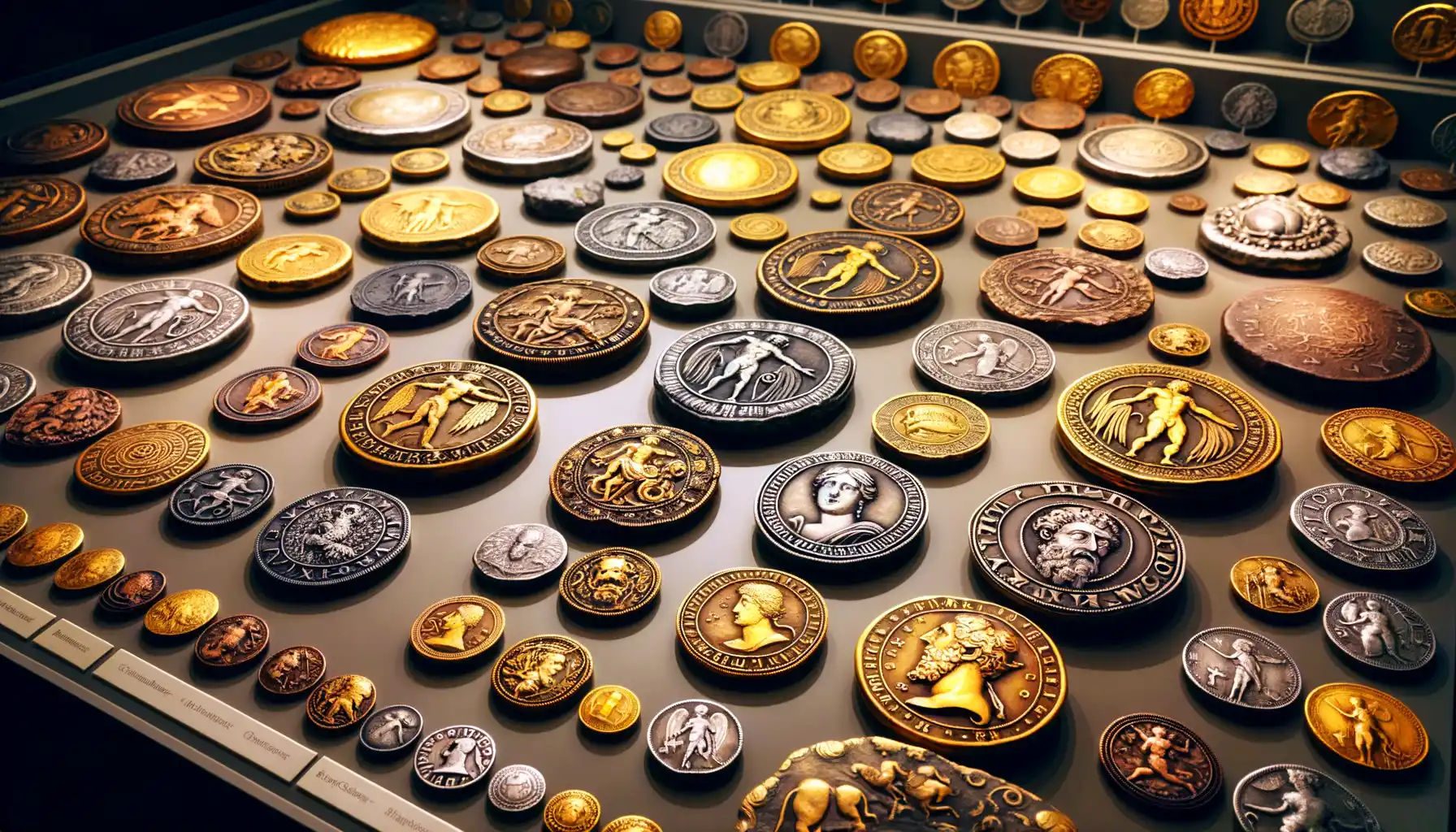
The Ancient Beauty of the Athenian Tetradrachm
Step back over 2,000 years and imagine holding a piece of history in your hands—the magnificent Athenian Tetradrachm. This silver coin, minted in ancient Greece, is as much a masterpiece of art as it is a monetary tool. Its iconic owl design, symbolizing wisdom and watchfulness, pairs beautifully with the fierce profile of Athena, goddess of war and strategy. It’s not just a coin; it’s a snapshot of a civilization at its peak, a time when democracy was blossoming, and Athens was the cultural beacon of the ancient world. Owning one isn’t just collecting—it’s literally touching history’s heartbeat.
Fabled Finds: Coins That Changed History
Some coins are more than currency—they’re stories locked in precious metal. Take, for example, the legendary 1933 Double Eagle, a U.S. gold coin that was never officially circulated yet became an international treasure. Only a handful survived government orders to melt them down, and today, one sold for nearly $20 million!
Then there’s the curious case of the 1909-S VDB Lincoln Cent, a copper penny marking the debut of Lincoln on U.S. coins. It’s humble yet revolutionary—a small but giant leap in numismatic history.
- Julius Caesar’s Denarius: The first Roman coin to feature a living person, an act of audacious self-promotion.
- British Gold Sovereigns: These royal coins encapsulate centuries of monarchy and power, their weight as symbolic as their gold content.
Each coin tells you where it came from and whispers of the turmoil, triumphs, and traditions of its time—far better than any textbook ever could.
Factors That Influence the Historical Importance of Coins
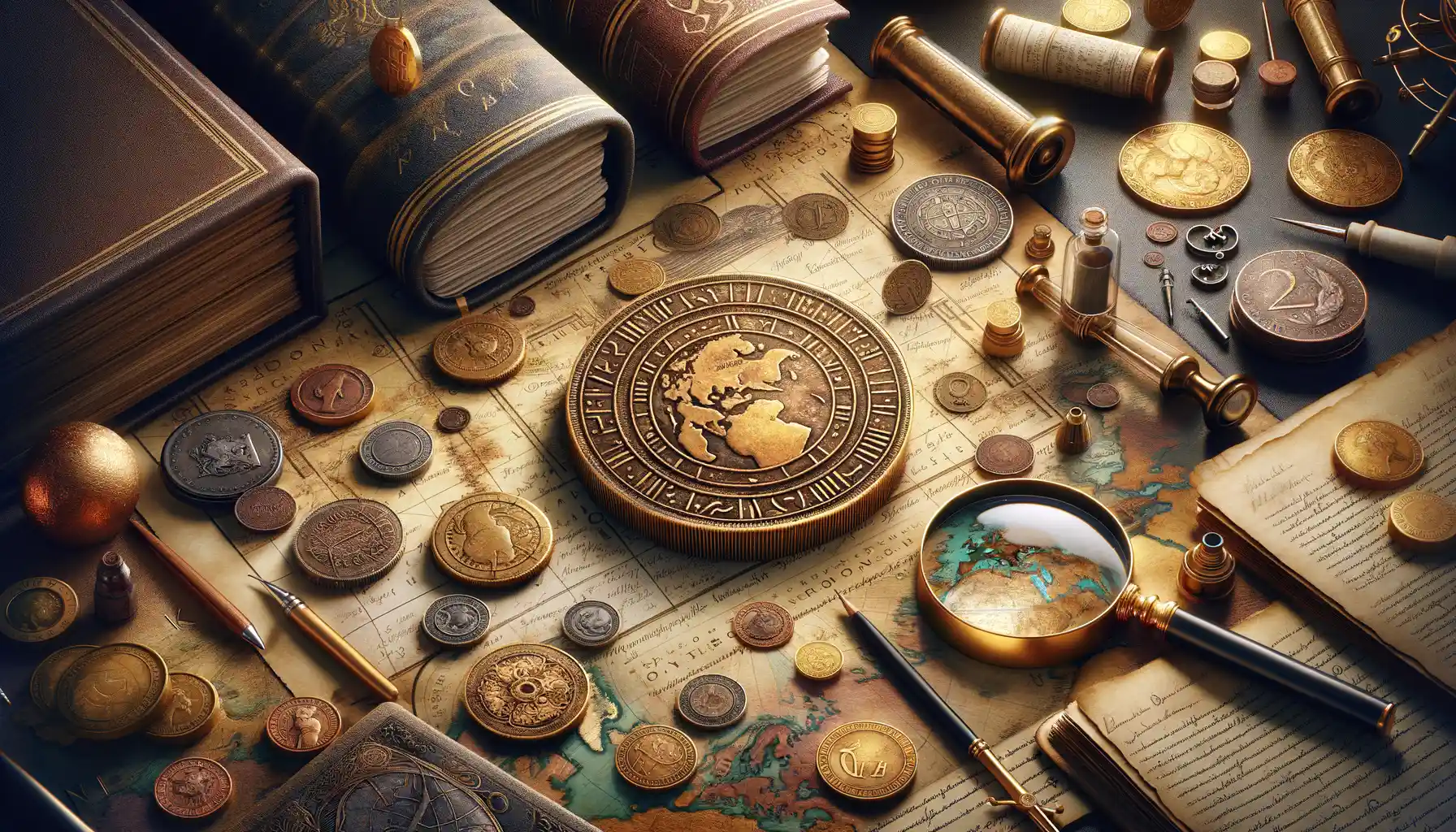
The Stories Coins Can Tell
Coins are more than just cold metal discs—they’re miniature storytellers, whispering secrets from centuries past. But what makes one coin historically electrifying while another fades into obscurity? One word: context. Picture an ancient Roman denarius; it’s not just a coin, it’s a tangible piece of Julius Caesar’s world, minted perhaps to pay soldiers or fund ambitious construction. The hands that held it, the wars it financed—this breathes life into its importance.
Certain coins gain significance because they mark pivotal moments. Consider the American 1943 steel penny, created during WWII when copper was redirected towards ammunition production. Its very existence reflects the pulse of a nation under stress. Others enchant collectors due to rarity. Coins struck in error or those from short-lived regimes—think Confederate coins during the Civil War—become treasures that bridge history with mystery.
Key Elements That Boost a Coin’s Historical Value
- Historical Event: Was it minted during a revolution, a war, or a great discovery?
- Rarity: Fewer coins, bigger buzz. Low mintage or surviving pieces amplify allure.
- Cultural Resonance: Does it symbolize a bygone empire, lost civilization, or cultural milestone?
Collectors chase coins not just for their monetary worth but for these untold stories locked within each mintmark and engraving.
How to Identify and Authenticate Rare Coins
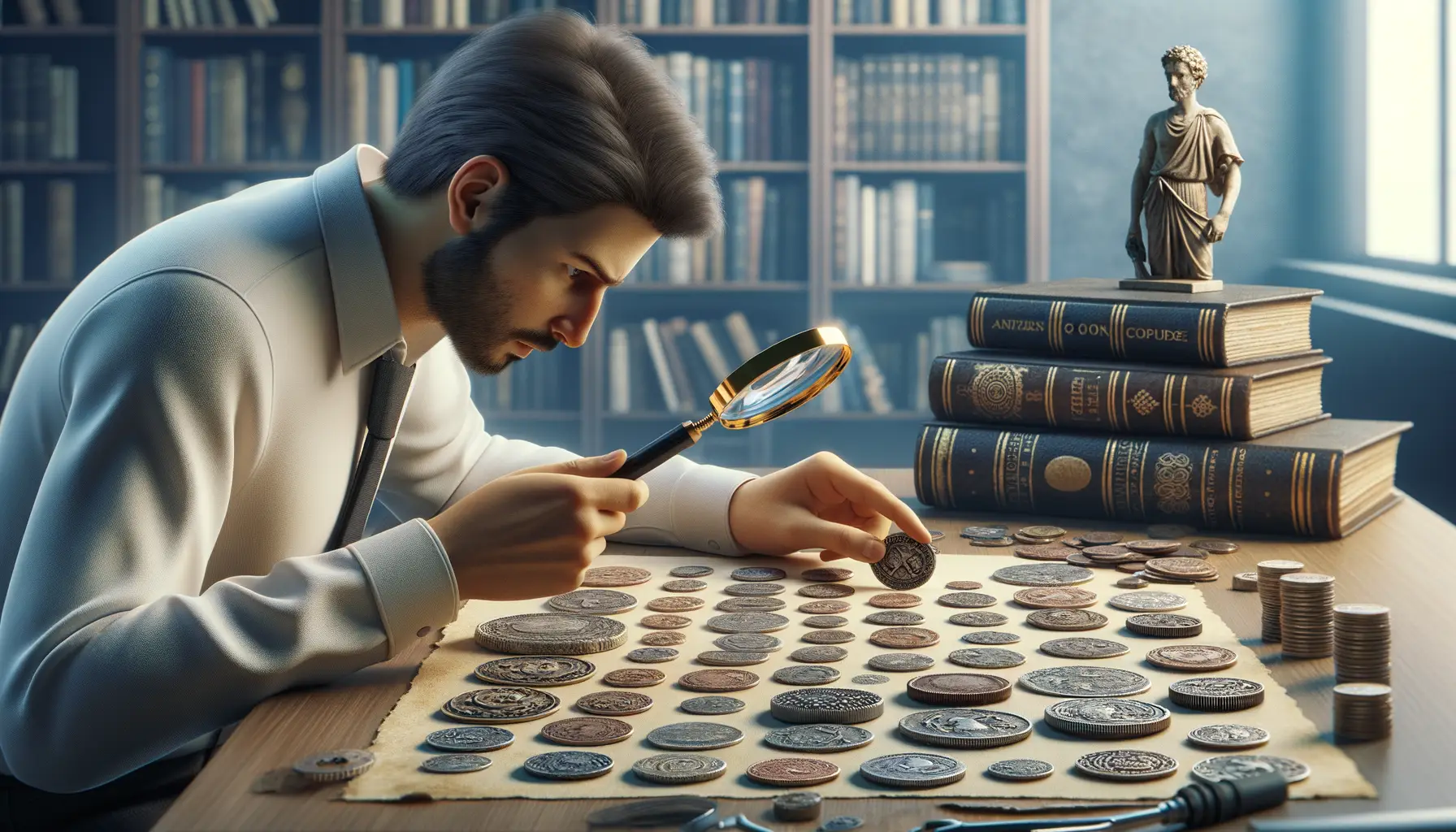
Spotting the Extraordinary in Coins
Have you ever held a coin and wondered if it carried a secret story? Identifying rare coins is like being a treasure hunter—except your map is knowledge, and your prize is history itself. Start by closely examining the coin’s date. Is it from a significant historical period? Rare coins often hail from moments of upheaval or change, like wartime mintages or ancient empires.
Pay attention to the mint mark, that tiny letter or symbol indicating where the coin was struck. Some mints produced fewer coins, making those editions rarer by default. And don’t forget the design—look for quirks like misprints, unusual materials, or unique engravings. A 1943 steel penny, for example, might seem ordinary but can actually be worth thousands under the right conditions.
- Unusual weight or size? It could hint at forgery or a limited-edition strike.
- Materials matter—gold, silver, and early alloys often signal high value.
- Compare wear: Too pristine might mean counterfeit, too damaged can obscure details.
The Authentication Process: Separating Fact from Fantasy
Authenticating a rare coin feels almost magical but requires a detective’s eye. Trust tools like magnifying glasses or digital microscopes to reveal what the naked eye misses. Focus on fine details—the ridges on the edge, the texture, and depth of engravings. Counterfeit coins often falter here.
Consult with a professional grader or sophisticated appraisal service like the Professional Coin Grading Service (PCGS). They’ll analyze factors like “strike quality” and assign an official grade. And here’s a tip for the enthusiastic amateur collector: Invest in a trusted guidebook like the “Red Book”, which is a goldmine of insights tailored for identifying rarities.
Rare coins are bridges to another time, but only diligence and a touch of curiosity will ensure yours are the real deal.
The Role of Rare Coins in Modern Collecting and Investment
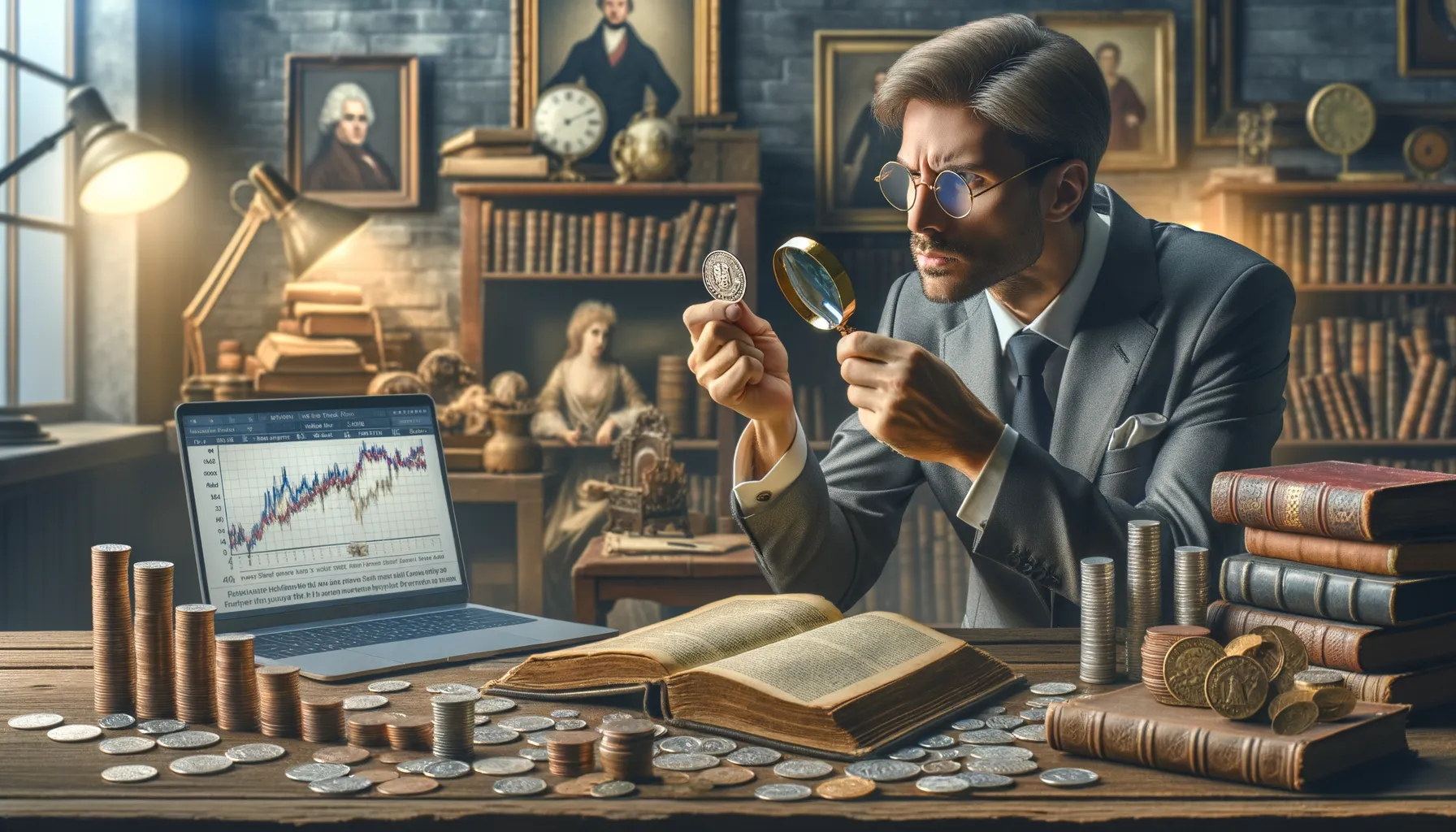
The Thrill of Owning a Tangible Slice of History
Rare coins are more than just metal circles—they’re miniature time capsules packed with stories, secrets, and intrigue. Imagine holding a coin minted during the reign of Julius Caesar or a piece struck amidst the American Revolution. These aren’t just collectibles; they’re a direct connection to the heartbeat of history. For collectors and investors alike, rare coins bring a sense of adventure, a dive into the past where every detail—from the patina to the mint mark—whispers a clue about its journey through centuries.
Let’s not forget the emotional element here. Owning a Liberty Head Nickel or a Double Eagle isn’t just about its monetary value; it’s about preserving a moment in humanity’s shared story. Coins serve as anchors, grounding us in a world constantly racing forward. And while modern investments may seem sleek and digital, there’s a charm in something you can actually hold, isn’t there?
Why Rare Coins Are a Smart Investment Choice
For those with an eye on financial growth, rare coins provide a unique avenue for diversification. Unlike stocks that rise and fall overnight, these treasures often retain or increase their value over time due to limited availability and high demand. Consider these benefits:
- Tangible Asset: No apps, no passwords—just rare metal in your hand.
- Hedge Against Inflation: Precious metals like gold and silver often remain steady even when the economy falters.
- Portability: A single coin could hold immense value yet fit in your pocket!
But let’s be real—investment is just part of the thrill. The other half? That spark of joy when you uncover a gem for your collection, knowing its worth will only grow in time—and not just financially, but personally, too. What’s better than an investment that feeds the soul *and* the wallet?


